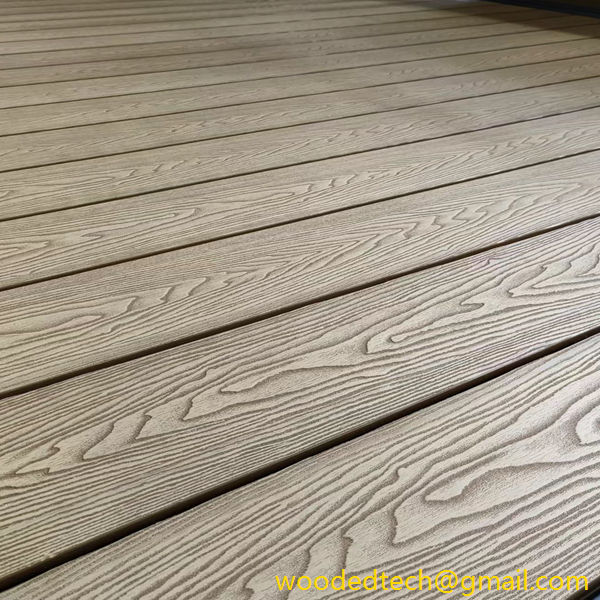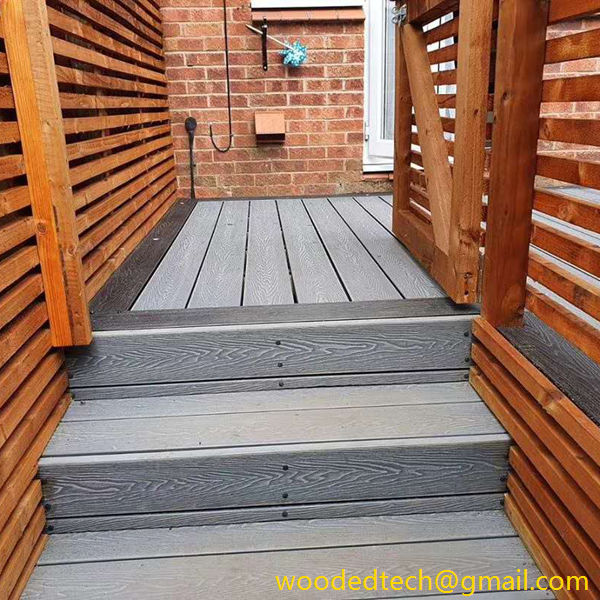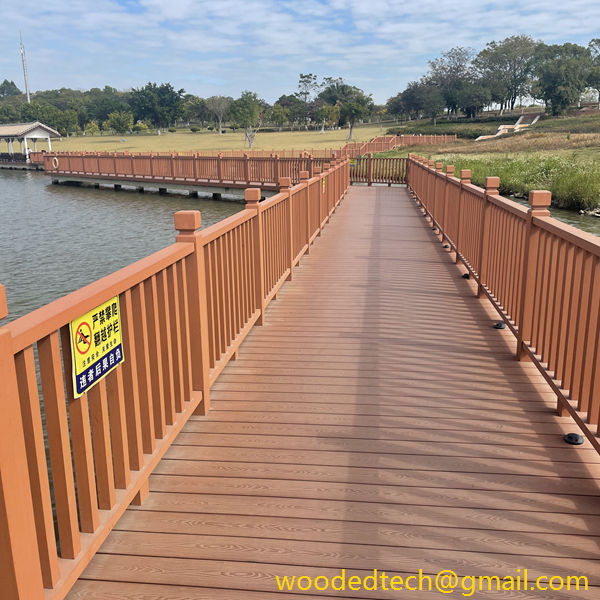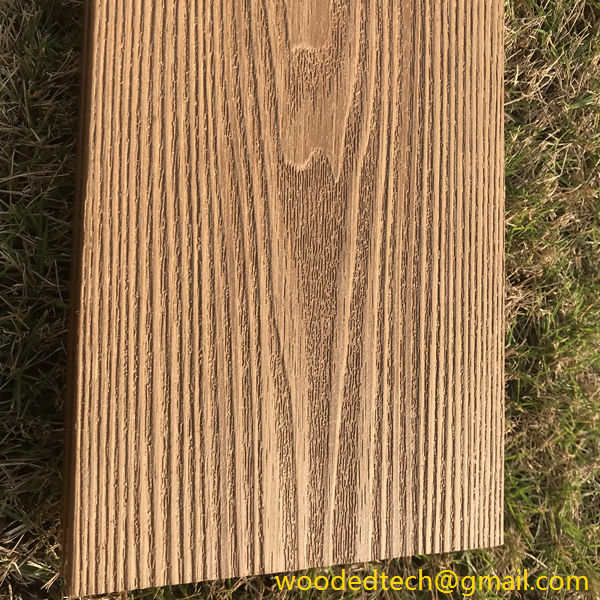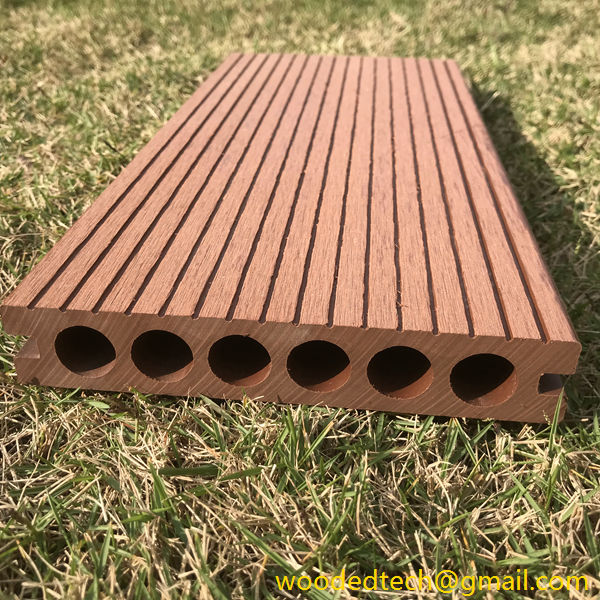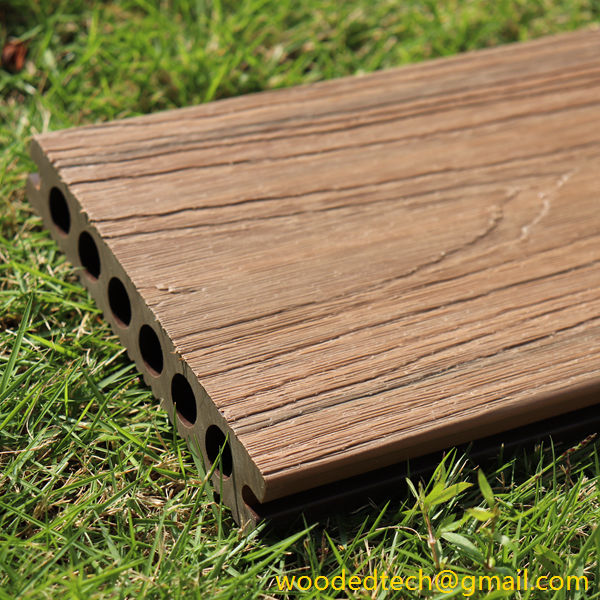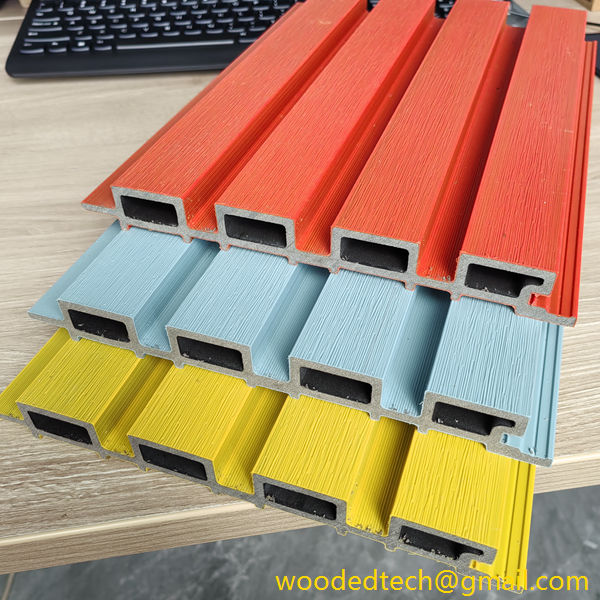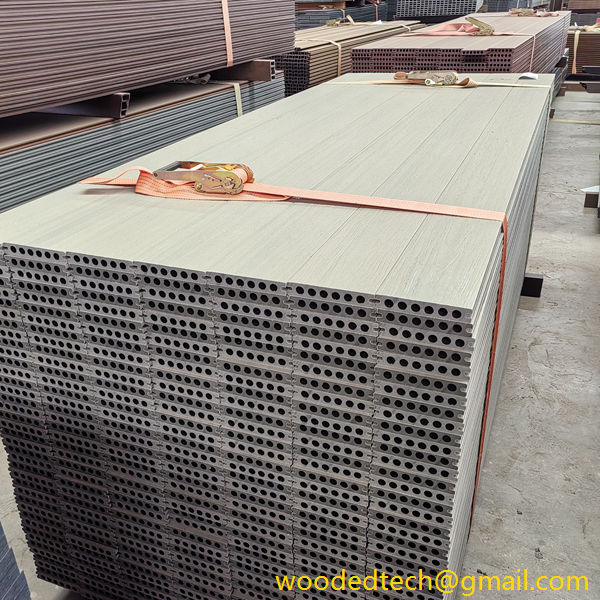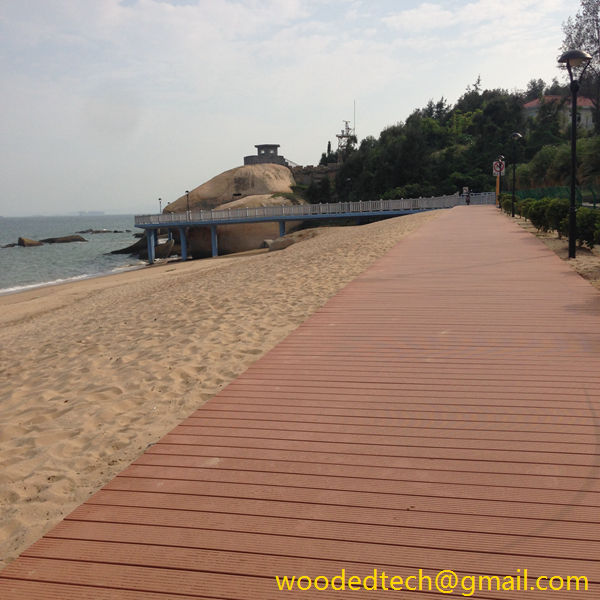探索 WPC 地板的完整形式及其在建築中的應用
在現代建築和室內設計領域中,對可持續耐用建築材料的追求不斷發展。WPC 地板就是其中一項備受關注的創新。WPC 是 Wood Plastic Composite(木塑複合材料)的縮寫,這種材料結合了木材和塑料的優點,是一種多功能的地板解決方案。本文...
In the realm of modern construction and interior design, the quest for sustainable and durable building materials is ever-evolving. One such innovation that has garnered significant attention is WPC flooring. WPC stands for Wood Plastic Composite, a material that combines the best features of wood and plastic, resulting in a versatile flooring solution. This article delves into the full form of WPC flooring, its unique characteristics, and its varied applications in the construction industry.
WPC flooring is a composite material made from a blend of wood fibers, plastic, and various additives. The primary goal of this combination is to leverage the natural aesthetic of wood while enhancing its performance through the benefits of plastic. This synergy creates a product that is not only visually appealing but also resistant to moisture, mold, and insects, making it an ideal choice for various environments.
One of the most significant advantages of WPC flooring is its adaptability to different styles and designs. The material can be manufactured in a plethora of colors, textures, and patterns, mimicking the appearance of natural wood. This versatility allows architects and designers to unleash their creativity, tailoring the flooring to meet the specific needs of a project. Whether it’s a rustic cabin, a modern office space, or a luxurious hotel, WPC flooring can seamlessly integrate into any aesthetic.
In addition to its visual appeal, WPC flooring is remarkably easy to install. The planks are designed with a locking mechanism that allows for straightforward assembly without the need for glue or nails. This ease of installation significantly reduces labor costs and time, making it a preferred choice for contractors and builders. Furthermore, WPC flooring is lightweight, which simplifies transportation and handling on-site.
Durability is another key characteristic of WPC flooring. Unlike traditional hardwood, WPC is not susceptible to warping, swelling, or cracking due to changes in humidity and temperature. This resilience makes it an excellent option for high-traffic areas, including commercial spaces, retail environments, and residential homes. Moreover, WPC flooring is easy to maintain; regular sweeping and occasional mopping are usually sufficient to keep it looking pristine.
WPC flooring is also an environmentally friendly option. The wood fibers used in its composition are often sourced from recycled materials, reducing the demand for virgin timber. Additionally, the manufacturing process of WPC flooring typically requires fewer resources compared to traditional hardwood production. This eco-conscious approach resonates with the growing trend towards sustainable construction practices, appealing to both builders and consumers who prioritize environmental responsibility.
The applications of WPC flooring are extensive, extending beyond residential and commercial spaces. In outdoor settings, WPC is increasingly used for decks, patios, and walkways due to its resistance to moisture and UV rays. This adaptability to various environments underscores its value as a multifunctional building material. In addition, WPC flooring can be found in healthcare facilities, educational institutions, and hospitality venues, where hygiene and durability are paramount.
Another noteworthy application of WPC flooring is in renovation projects. Homeowners looking to upgrade their flooring without the hassle of extensive demolition often turn to WPC as a solution. It can be installed over existing floors, minimizing disruption and reducing waste. This characteristic not only saves time and money but also contributes to a more sustainable approach to home improvement.
As the construction industry continues to evolve, the demand for innovative materials like WPC flooring will likely increase. The combination of aesthetic versatility, durability, ease of installation, and environmental considerations makes WPC an attractive option for builders, architects, and homeowners alike. Its capacity to adapt to various design styles ensures that it remains relevant in an ever-changing market.
In conclusion, WPC flooring exemplifies the advancements in construction materials that prioritize both functionality and aesthetics. Its full form, Wood Plastic Composite, represents a fusion of natural and synthetic elements that yield a product ideal for a wide range of applications. As sustainability becomes increasingly important in construction practices, WPC flooring stands out as a key player in shaping the future of building materials. The continued exploration of its uses will undoubtedly reveal even more possibilities, solidifying its position in the industry for years to come.

